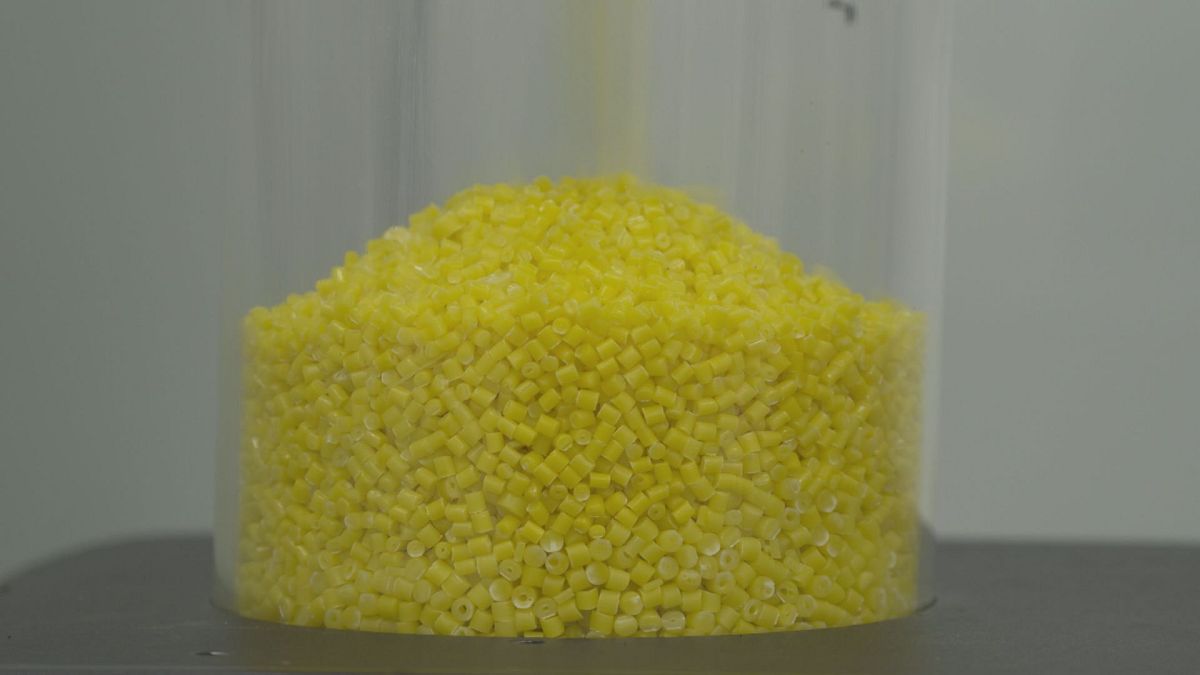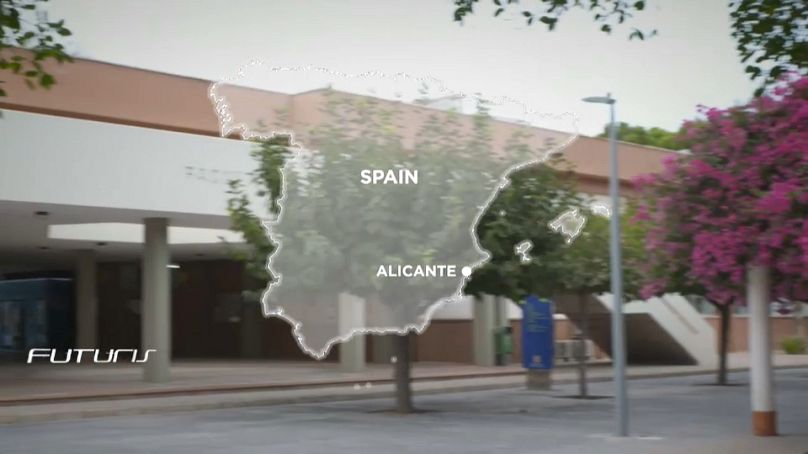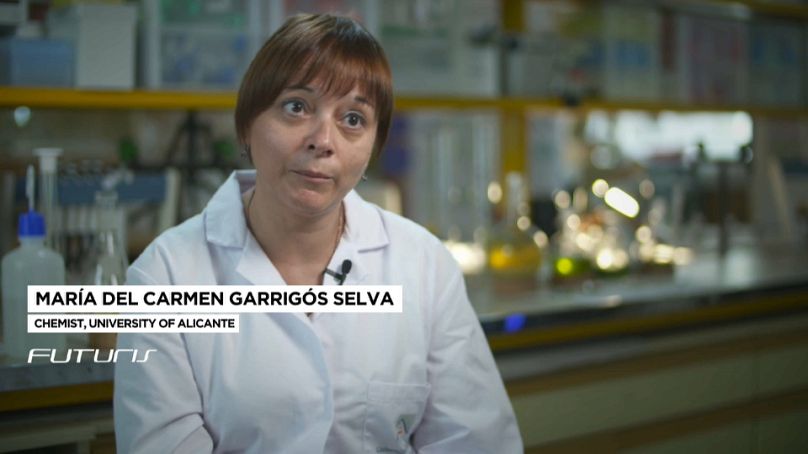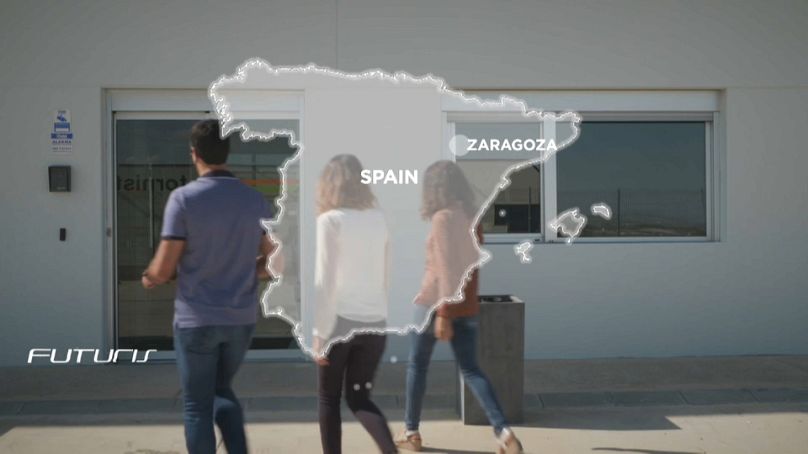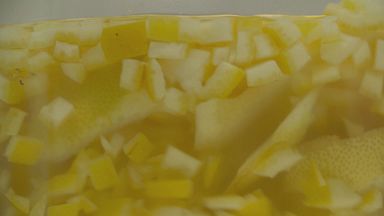Can food waste by-products be re-used to produce car parts and other industrial items, purposes unimaginable just a few years ago? The EU-supported BARBARA Project has made some big steps forward in that direction. Futuris visits Spain to find out more.
Every year, the European Union produces around 110 million tonnes of food waste in terms of animal and vegetable matter.
Some of that waste, in the form of almond shells, is already being used as a biofuel.
But could these shells also be used to produce state-of-the-art innovations in the construction or car industries?
This is the aim of the EU-supported BARBARA Project(Biopolymers with Advanced functionalities foR Building and Automotive paRts processed through Additive manufacturing).
The project focuses on the development of new materials from these waste products which, via 3D-printing, can then be used for a wide range of different uses.
For example, food waste and agricultural by-products can be used to purify pigments, fragrances, or reinforcing agents. They can then be incorporated into engineered bioplastics, derived from the corn-processing industries.
These new materials are being transformed into prototypes with lots of different uses in demanding sectors, such as the construction and car industries.
The 550-person agricultural cooperative Vega De Pliego in Murcia, southern Spain, is the kind of facility that produces waste that can be used in the BARBARA project. The cooperative processes huge amounts of fresh products; last year, this included four million kilogrammess of almonds.
But as Pedro Noguera Rubio, the cooperative's Managing Director points out, once the almonds' shells are cracked and discarded, the maths are different:
"Out of those four million kilos, scarcely 25% is the almond itself: the fruit, that we can use to cook and eat, to produce nougat, or to make beauty products with.
"The remaining 75% is the almond shell; that is currently being mainly reused as biomass for energy generation".
University of Alicante
At a laboratory at the University of Alicante that's involved in the BARBARA Project, almond shells along with other waste by-products from broccoli, lemon and pomegranate production are processed to extract natural materials which have high potential for further use in industrial processes.
Microwaves, chemical products and nanoclays then help to maximise the potential of each substance.
María del Carmen Garrigós Selva, a chemist at the university, says that from waste food, many useful things can be extracted:
"From lemon for instance, we can extract a yellow colourant and also some essential oils with lemon fragance. They can give both an aroma and also possess useful antibacterial properties to the final product we want to develop.
"Pomegranate also provides antibacterial elements and a wide colour range, from red to blue, depending on the chemical process that we use in the lab.
"Broccoli gives a natural green colourant that´'s quite eye-catching. And almond shells, once ground and mixed with bioplastics, can give a texture and a look similar to that of wood".
Aitiip Technology Centre
Natural additives are then mixed with corn starch-based bioplastics in the next stage at a facility like the Aitiip Technology Centrein Zaragoza.
Mechanical processes involving high temperatures, water cooling and material binding and reinforcing turn the mixture into a thread that can then be 3D-printed into car parts.
Lidia Garcia Quiles, an Industrial Engineer at Aitiip, says there is great potential:
"We are looking at improving or at least maintaining the thermic and mechanical properties -the resilience to high temperatures and impact - of existing commercial materials used for 3D-printing and then eventually using them in the same industrial applications.
"We also want to give them antibacterial properties - and we are trying to develop customised fragrances".
Marta Redrado is a chemical engineer at the Aitiip Technology Centre and also the Barbara Project Coordinator.
Her sights are firmly fixed on the future:
"Our next step is to scale up what we have developed in the lab to a semi-industrial level. That takes around four to five years.
"So in four to five years, products like the ones we´ve developed could come to the market".
